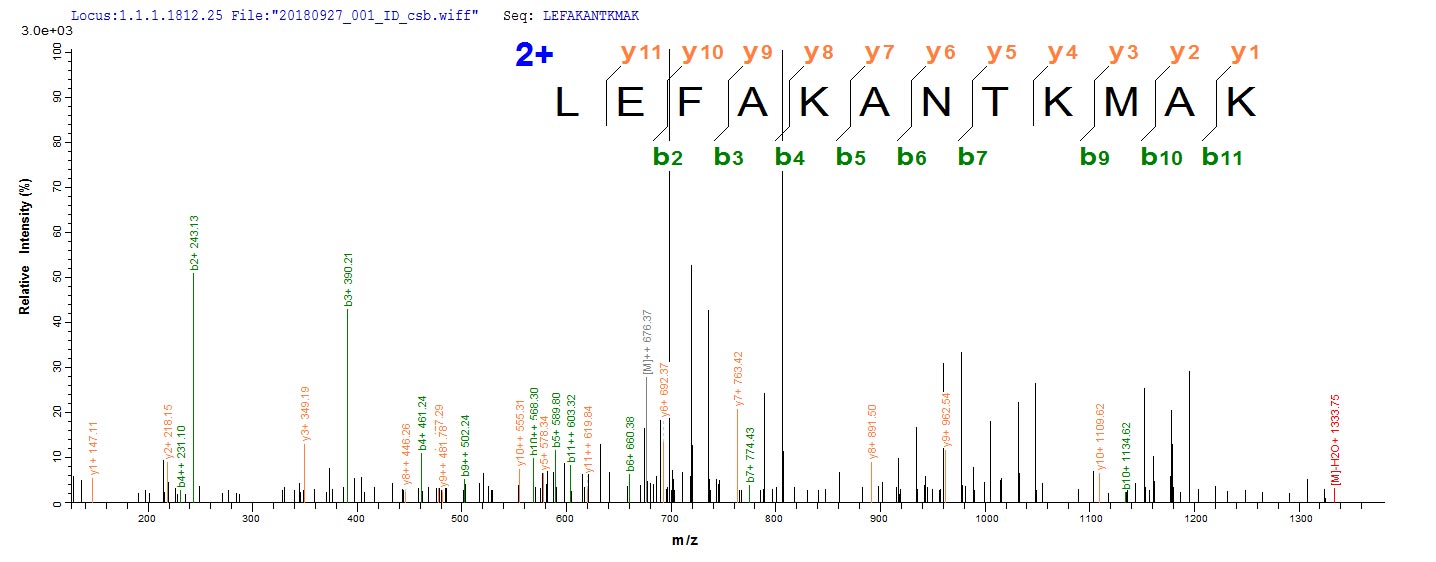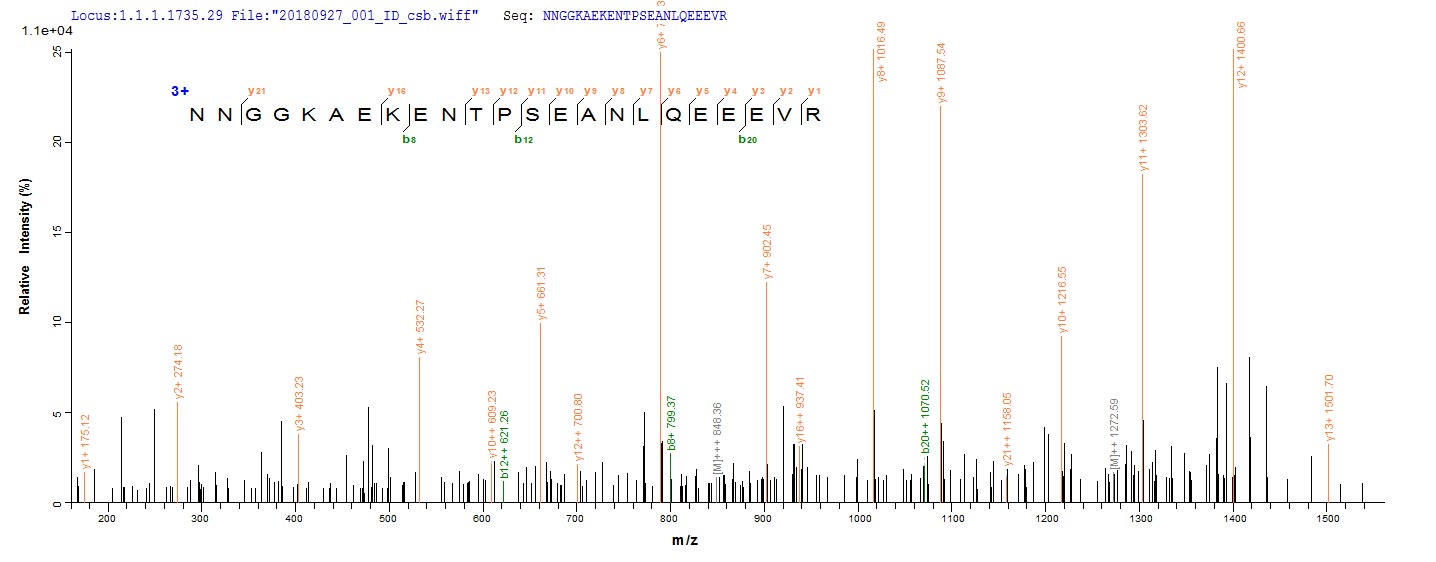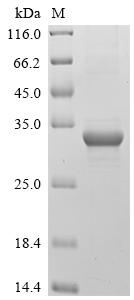Amino acids 1-196 form the expressed segment for recombinant Human RBPMS. The expected molecular weight for the RBPMS protein is calculated to be 28.8 kDa. This RBPMS recombinant protein is manufactured in e.coli. Fusion of the N-terminal 10xHis tag and C-terminal Myc tag into the RBPMS encoding gene fragment was conducted, allowing for easier detection and purification of the RBPMS protein in subsequent stages.
The main function of the human RNA-binding protein with multiple splicing (RBPMS) lies in its role as a regulator of RNA processing and splicing. RBPMS is pivotal in modulating alternative splicing events and influencing gene expression and cellular functions. In neuroscience, RBPMS is implicated in neuronal development and function, acting as a marker for specific neuronal populations. Furthermore, RBPMS is associated with cancer progression, indicating its potential as a prognostic marker and therapeutic target in oncology research. Investigating RBPMS offers insights into RNA biology, neurodevelopment, and cancer biology, providing avenues for understanding disease mechanisms and developing therapeutic strategies in diverse research areas.








